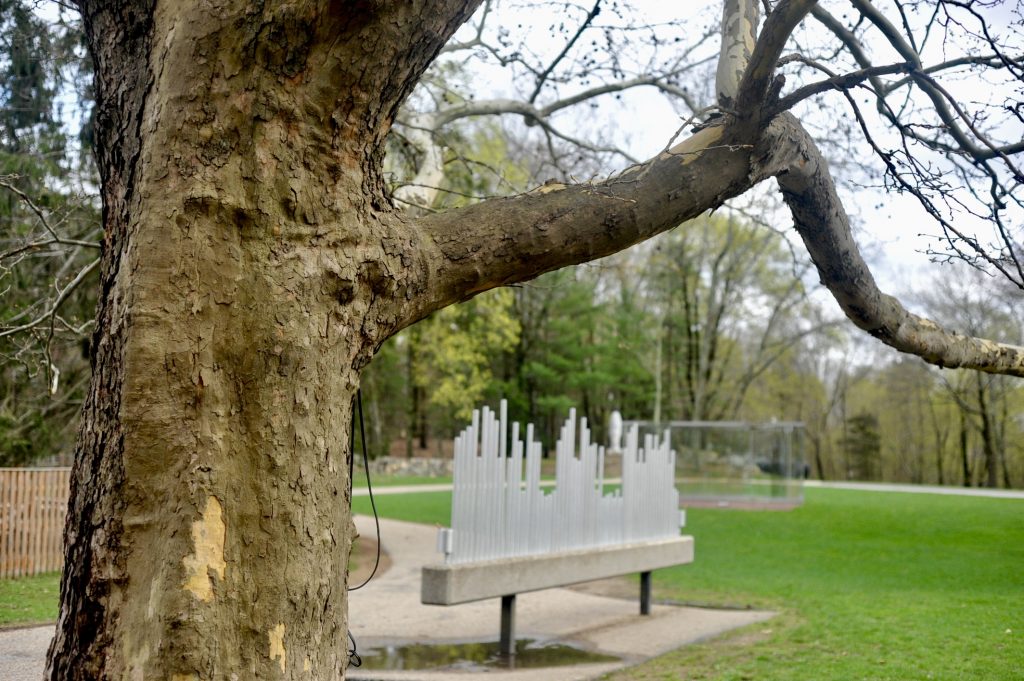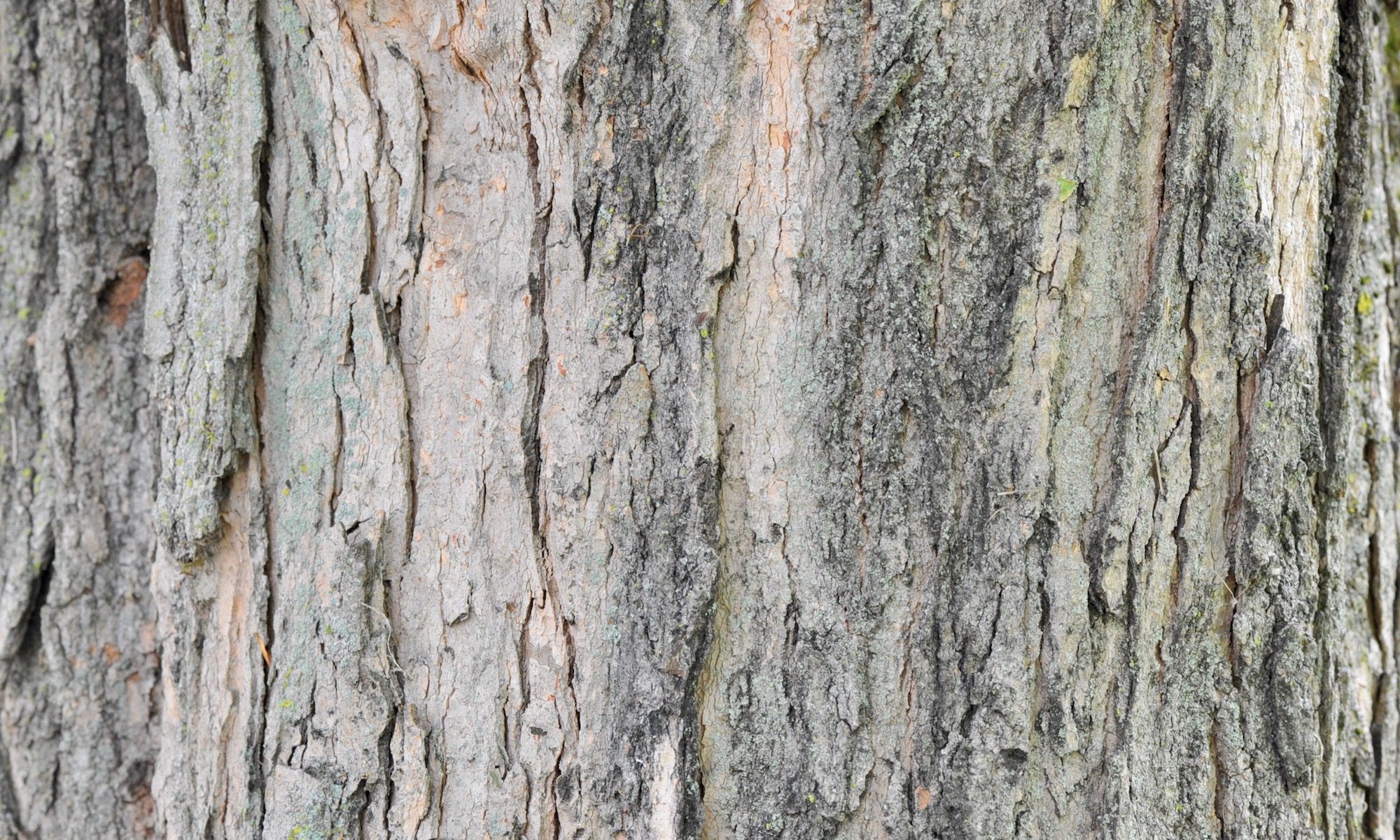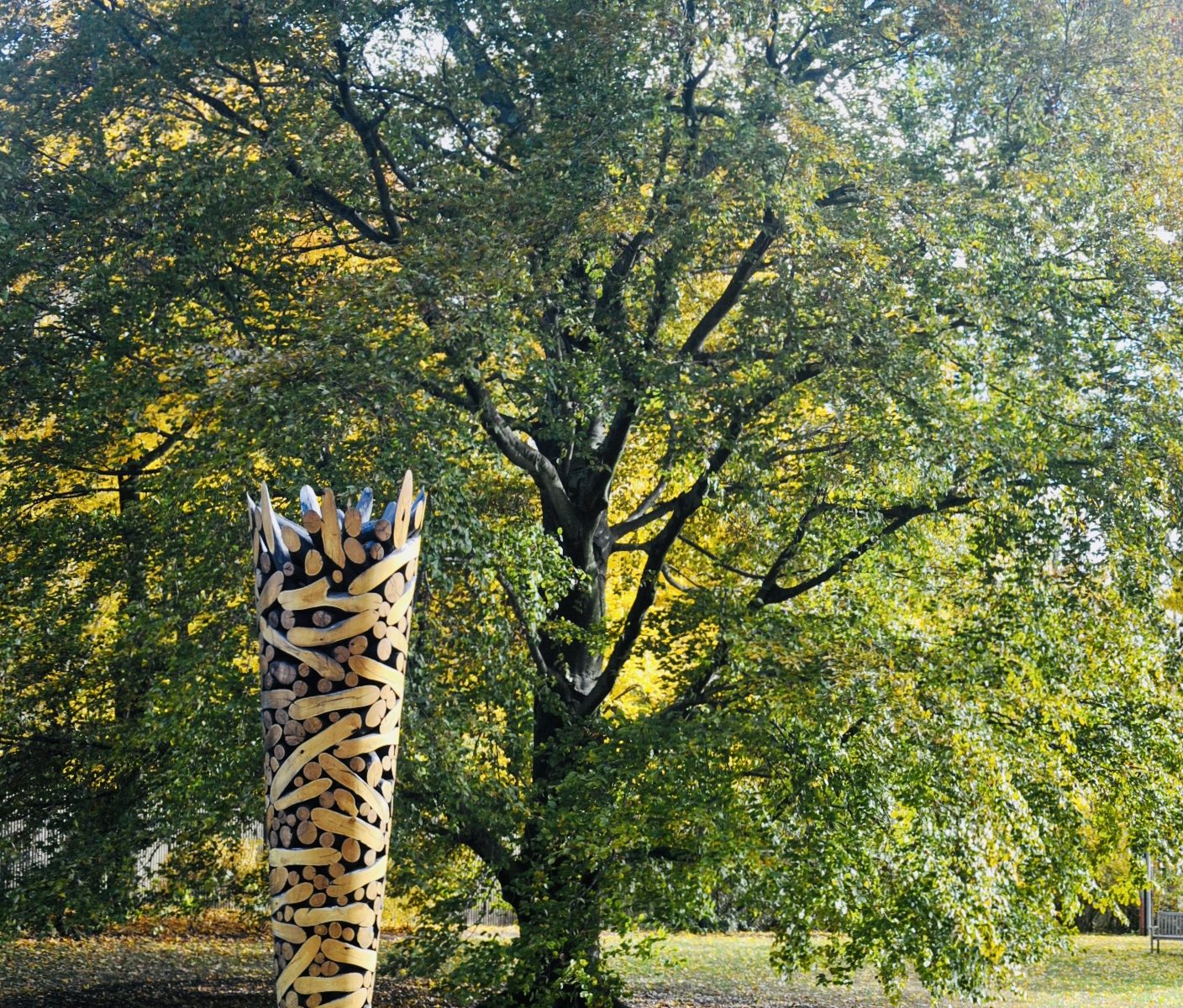The European Beech, of which the Purple Beech is a naturally-occurring variety, is relatively new to Europe compared to other tree species such as the Magnolia. Stone Age humans who ate beechnuts probably first brought it to England around 4,000 BCE – some 2,000 years after the English Channel formed after the Ice Age. Nonetheless, it is considered a native tree in southerns England. Arborists of northern England, however, disagree, and remove them from native forests.
One of the most characteristic features of Beech Trees is how their leaves hold on though winter, when most other trees in northeastern forests are naked – a phenomenon called “marcescence.” Pale brown beech leaves hanging from branches make a shivering, rustling sound in the cold wind.
Marcescence is most often found in young trees, on low branches, and it may be a transitional form in evolution between evergreen and fully deciduous. Its advantages include discouraging deer and other herbivores from eating the leaf buds during cold months. It also helps the tree trap more snow for moisture and provides a new layer of compost in the spring – great for trees growing on poor soil.

The gray, smooth bark of the Beech makes it a target for graffiti. Very sad – bark damage is an opportunity for diseases to invade.
VISIT THE SYCAMORE NEXT

